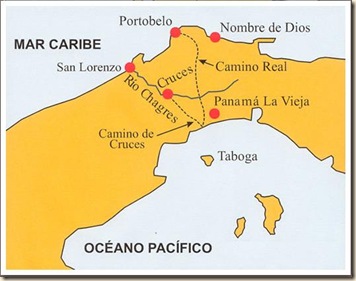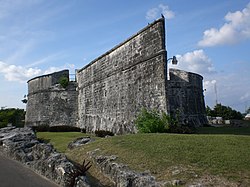English Fortifications.
With the idea of looking at some scenery for enemy attacks on the U.K. I came across these photos in my research, and wondered if they were of any use to other members? They cover all sorts of defences from the minimalist Yarmouth, to the gargantuan, such as Dover.
Yarmouth Castle I.O.W.
Dover Castle.
Pendennis Castle.
St Mary's Scilly isles.
St Mawes. Cornwall.
And finally Southsea Castle at the entrance to Portsmouth.
This last actually has two models already made for it pre 1850s and post 1850s by Brigade models.
Rob.







 Reply With Quote
Reply With Quote






Bookmarks